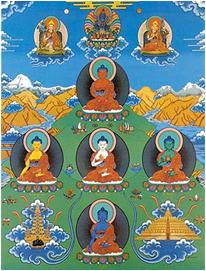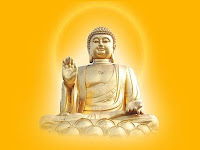The Nature of Mind

Does the mind have a form or is it formless? Can it be identified with the chemical mechanism of the brain or is there something more to it than that? What are its causes? Is it hereditary? These are some of the questions that we are going to probe in the course of our investigation here. In Buddhist writings, the mind is defined as a phenomenon which is formless and possesses the dual nature of clarity and knowing. The first characteristic (clarity) speaks of its quality of being luminous and clear; clear in the sense that its fundamental nature could never be defiled or polluted by negative influence. Emotions, such as desire, hatred and anger contaminate the mind and hold constant sway over it as our own personal experiences testify; the pollution is, however, only at a superficial level, for they do not penetrate into the core of the mind. In other words, these negative emotions are not part of the intrinsic nature of the mind. Irrespective of how forceful one's experi












